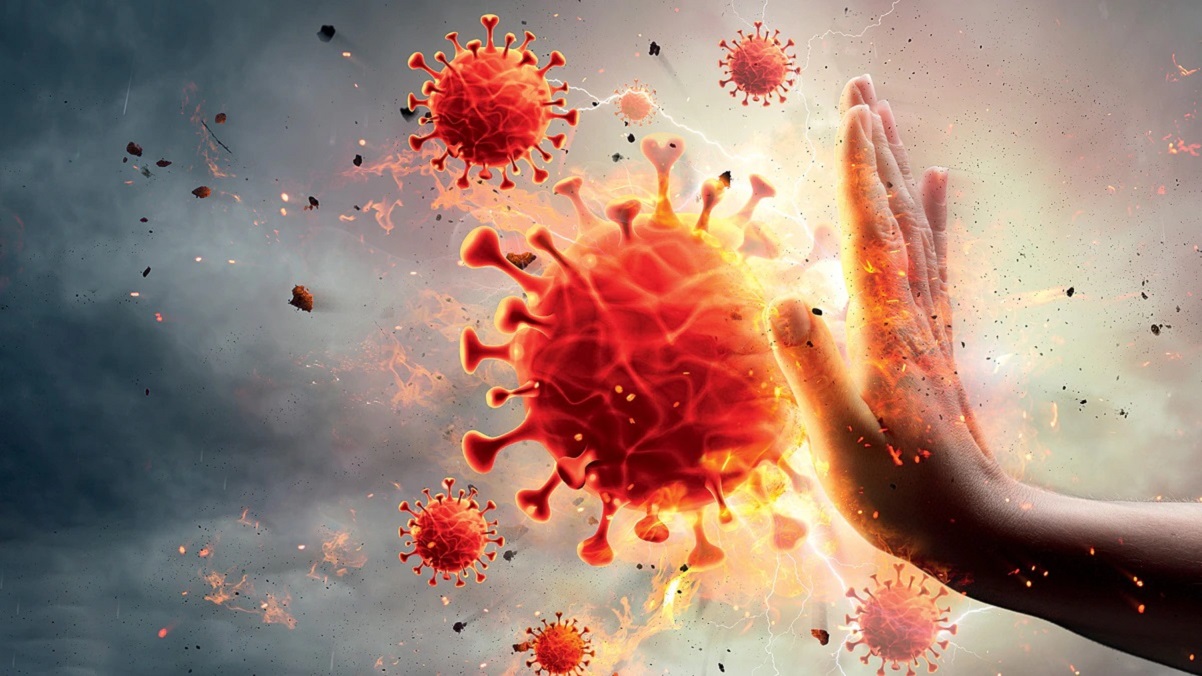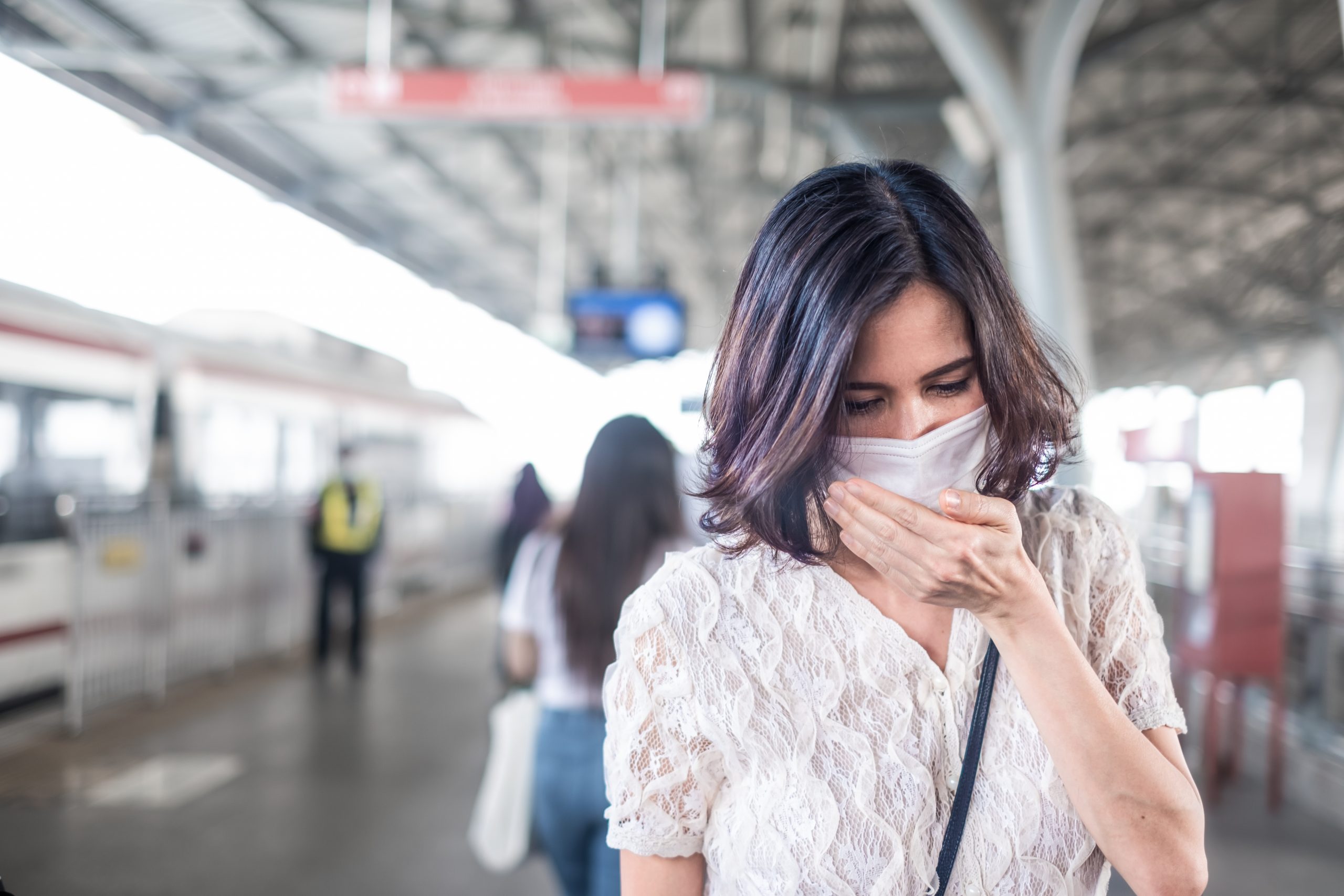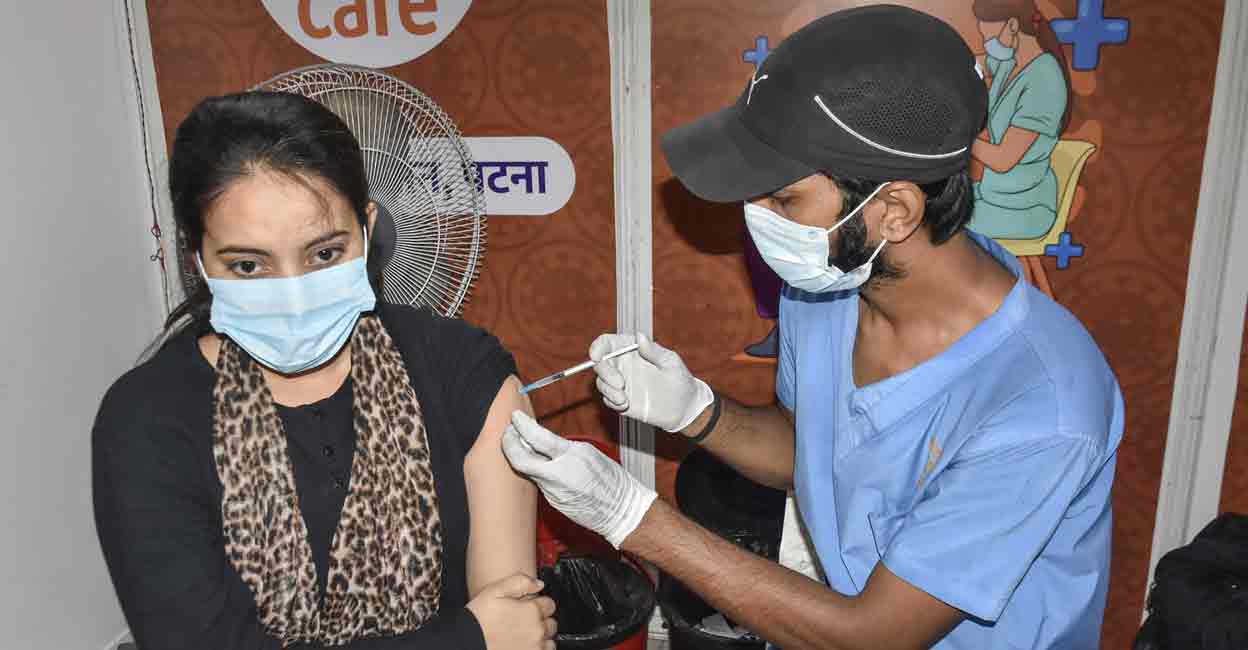Global Surge and Strategies Ahead
A new sub-variant of SARS-CoV-2, named JN.1, has stormed onto the global stage, detected first in Luxembourg in August 2023. It is now weaving its path through 41 countries, including India. With Covid-19 cases surging in Karnataka, Kerala, Tamil Nadu, Telangana, Maharashtra, and Goa, effective strategies are essential to enhance public health, combat malnutrition, and foster healthier lifestyles. Given the inadequate efficacy of perpetual testing, the focus should be on evolving a comprehensive strategy to fortify communities and prepare for potential future pandemics..
By Dr Amitav Banerjee..…
 A new sub-variant of the SARS-CoV-2 is making global headlines. First detected in Luxembourg in August 2023, the sub-variant JN.1 is now circulating in 41 countries, including the USA, China, Singapore, and India.
A new sub-variant of the SARS-CoV-2 is making global headlines. First detected in Luxembourg in August 2023, the sub-variant JN.1 is now circulating in 41 countries, including the USA, China, Singapore, and India.
The associated surge in Covid-19 cases is causing concern. As of December 26, 2023, a one-day increase of 628 new Covid-19 cases has pushed the total caseload to 4,054, raising alarm. During this period, a few deaths were reported in a couple of states. Of the new cases, 63 were attributed to the JN.1 sub-variant. The southern states and regions are reporting the new strain, including Karnataka (8), Kerala (6), Tamil Nadu (4), and Telangana (2). Additionally, Maharashtra (9) and Goa (34) are also affected.
The subvariant JN.1 belongs to the lineage of the Omicron variant of the Covid-19 virus, a descendant of the variant BA.2.86. It was detected on August 25, 2023. It differs from BA.2.86 due to an additional L455S mutation in the spike protein.
How virulent is JN.1?
Due to its rapid spread, the WHO has classified it as a variant of interest (VOI), distinguishing it from its predecessor, BA.2.86. The VOI classification indicates that it should not be a significant concern for the general public due to its mildness. Even if individuals become infected, recovery is rapid, with almost negligible risk of hospitalisation or death.
Nevertheless, isolated Covid-19 deaths have been reported in some states, such as Kerala and Karnataka. It remains uncertain whether these deaths are attributed to the new variant, earlier circulating variants, or influenza and other respiratory viruses, as these are common during the winter.
Even if they are linked to the JN.1 strain, we lack information on underlying co-morbidities. Throughout the entire pandemic, the challenge has been the ambiguity surrounding whether people are dying of Covid-19 or ‘with Covid-19’ due to underlying morbidities. Humans naturally carry thousands of organisms from womb to tomb in their skin, throat, and gut. Any organisms acquired from a deceased person, even if not contributing to death, can be falsely attributed to it.
What are mutants? Do they have potential to give rise to more lethal strains?
Mutations are changes in the genetic material of a virus, such as SARS-CoV-2, which is responsible for COVID-19. Mutations can lead to the development of variants or mutants of the virus. All coronaviruses, including those responsible for the common cold, undergo frequent mutations. The key characteristic of mutants is their ability to have genetic differences from the original or parent virus.

While mutations are common, it doesn’t necessarily mean that the resulting strains will be more lethal. In fact, many mutants are milder and can act as a kind of natural vaccine. The common cold is an example where people can get infected with different strains, and immunity tends to wane over time, making individuals susceptible to new infections.
It’s essential to note that the constant mutation of the common cold viruses poses challenges in developing long-term effective vaccines. However, mutants are generally not more lethal than the parent virus. They may be milder, and the evolutionary process tends to favour strains that are less severe.
The emergence of the Omicron variant in the context of COVID-19 is an example. Omicron was milder than the original Wuhan strain, following the principle of natural selection. Strains causing severe disease or death face challenges in survival because symptomatic cases isolate themselves, and those who succumb to the disease do not spread the virus further. Mild strains, however, can spread rapidly, causing large numbers of asymptomatic cases that contribute to the wider dissemination of the benign mutant. In this way, milder strains can act as a form of nature’s vaccine, conferring immunity more rapidly than vaccines can be developed.
If we consider these dynamics, the JN.1 strain, a sublineage of the Omicron variant and colloquially referred to as the “grand-daughter” of Omicron, given the intervening BA.2.86 variant, is destined to be milder and proportionally faster in its spread than the aging grandfather Omicron.
By the time scientists identify a new strain through genomic surveillance, these milder strains have often already spread widely among the population and across many countries. Chasing mutants is akin to pursuing a cricket ball after it has crossed the boundary line!

We should approach present and subsequent mutants as we do with the common cold, taking them in our stride. Let scientists conduct genomic surveillance as an academic exercise, taking care not to generate unnecessary media hype that could lead to panic among the population, potentially resulting in a stampede for scarce hospital resources.
What should be the current strategy?
Some states are gearing up, with calls for increased testing, contact tracing, and isolation. In certain states, mandates for elders to wear masks have been issued. While well-intentioned, these measures may be misdirected and carry the potential for collateral harm without commensurate benefits. At this stage of the pandemic, adopting a calm and detached perspective is essential. It is crucial to deliberate the purpose of each contemplated action. Simple common sense can often achieve more than approaches that may focus on only one aspect of the puzzle, as seen by scientists.
Let us first consider the utility of testing, contact tracing, and isolation. This strategy amounts to chasing the impossible, as illustrated by the following ancient tale from Nordic mythology.
In this tale, Thor, the god of thunder and lightning, faced the King of the giants, who challenged Thor to empty a drinking horn. Despite Thor’s efforts to drink from the horn, it never seemed to empty. Unknown to Thor, the goblet was connected by a conduit to a nearby ocean, and he was inadvertently attempting to drain the entire ocean. His efforts were in vain, as he could only see the tip of the task he was given.
This ancient story offers valuable lessons for our Covid-19 strategy today. By chasing and contact tracing the virus, what are we truly aiming to achieve? Can we realistically eradicate coronaviruses from the face of the earth? Pursuing such a goal is akin to Thor’s unwitting attempt to empty the ocean.
Our country is like a great ocean of people. Many have already encountered previous strains of the virus, providing stronger immunity than vaccine-induced immunity, as vaccines often fail to induce mucosal immunity in the respiratory passages, which natural infection can confer. Given our high population density, the infection with newer and milder strains logically must have spread extensively, rendering immunity to large segments of the population. It’s prudent to step back and let nature work quietly and unobtrusively. This approach is known as “masterly inactivity”.
The more we test in vain, the higher the case count will be since post-COVID, we have “asymptomatic” cases based on a positive RT-PCR test that has outlived its emergency use authorization (there is no emergency now). This will only generate panic and chaos without any purpose.
The mantle of “The Don” of viruses has been thrust upon the SARS-CoV-2. “Don ko pakarna mushkil hi nahi namumkeen hai” (catching up with the Don is not only difficult but also impossible) is a phrase from a popular movie. And like most Dons, the virus rules more by fear and panic. Let us conquer these and stop the futile chase and stop the panic.
What should the states and the country do?
The way forward would be to improve the general health of the population. We have a high prevalence of child malnutrition due to which more than 2000 children die daily due to respiratory and other preventable diseases as a consequence of the vicious cycle of “malnutrition-infection-malnutrition.” Our rapidly expanding middle class is increasingly becoming overweight due to a sedentary lifestyle and unhealthy food as a result of affluence. The recent pandemic established that obesity and associated comorbidities make people more vulnerable to succumb to viral infections like SARS-CoV-2.

We have two windows of opportunity to make our people safe from future pandemics of infectious diseases that kill the vulnerable. Firstly, we should take care of child malnutrition which will make our young survive infections. Secondly, we should promote a healthy lifestyle among our increasingly affluent population. This will require effort and political will as market forces are penetrating the suburbs and rural areas to sell ultra-processed fast foods and sugary drinks.
And most importantly, we should beef up our public health infrastructure and government hospitals and health centres which are in a state of neglect. The corporate model of health care and insurance schemes only promote tertiary care in large cities, while our country needs better primary and secondary health care at the periphery.
We are surrounded by thousands of mutating pathogens and viruses. We cannot keep chasing them in vain and continue to develop a short-acting vaccine for every infection. That would be tackling the problem of pandemics piecemeal at huge costs. On the other hand, if the general health of our population is good, and our public health hospitals and health centres are easily accessible to people without any corporate influence, we can take future pandemics in our stride. Anything short of this, there will be frequent “chaos and anarchy” due to a medical stampede, as happened during the second wave of the pandemic.
AS Sun Tzu succinctly says, “The Art of War teaches us to rely not on the likelihood of the enemy’s not coming, but on our own readiness to receive him; not on the chance of his not attacking, but rather on the fact that we have made our position unassailable.”
(The Author is a renowned epidemiologist, a professor at D Y Patil Medical College, Pune. Having served as an epidemiologist in the armed forces for over two decades, he recently ranked in Stanford University’s list of the world’s top 2% scientists. He has penned the book, Covid-19 Pandemic: A Third Eye.)

